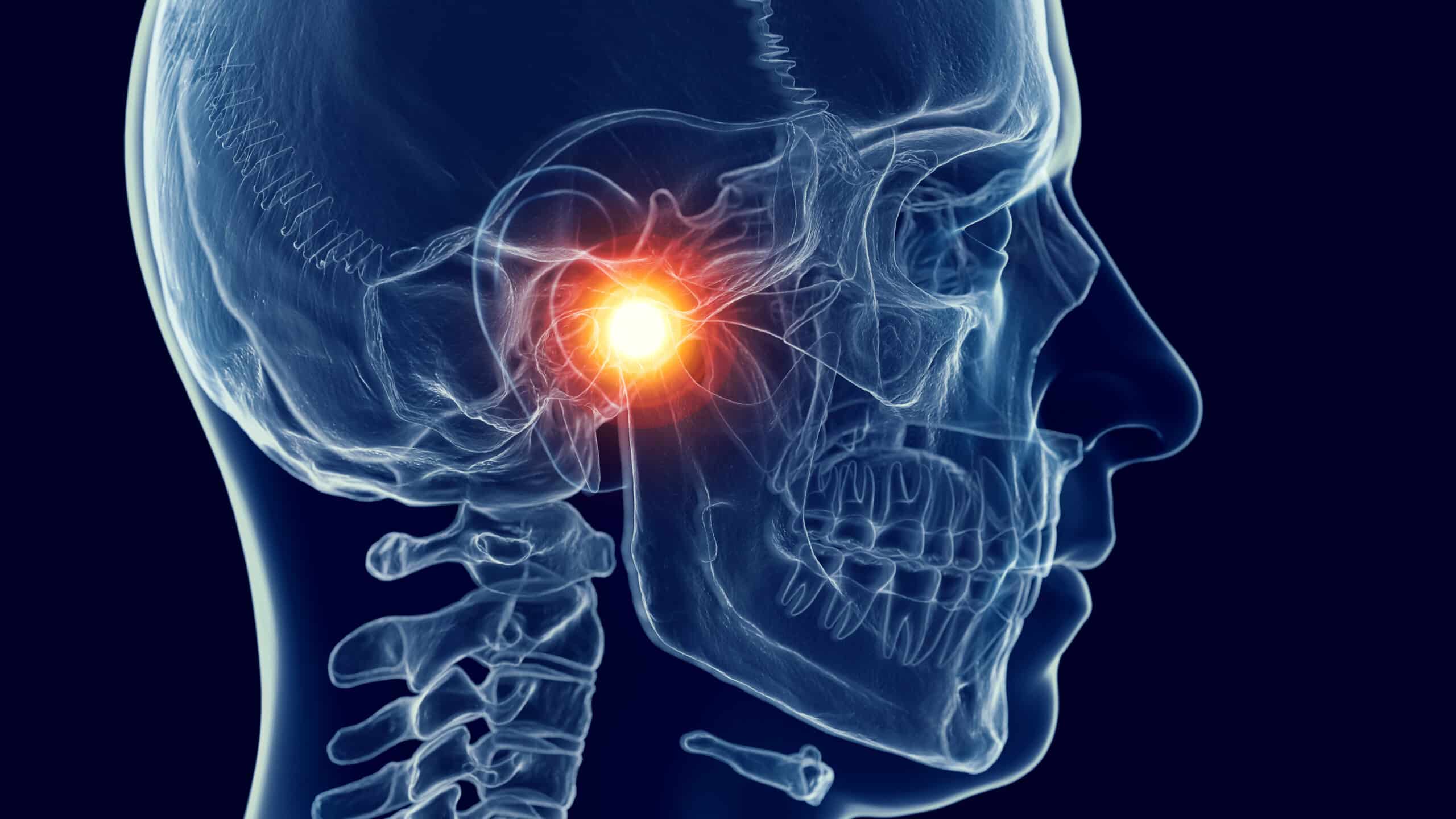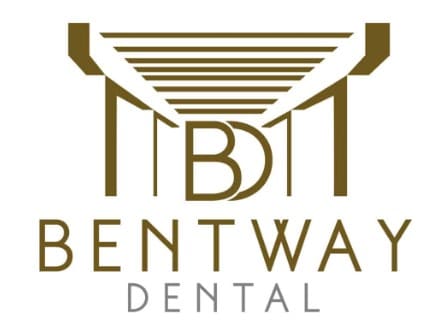It is estimated that around 10 million U.S. citizens suffer from TMJ disorder or some variation of jaw pain. This can be painful and a little confusing because figuring out what causes the pain may take a dentist and some sleuthing into your habits or medical history.
Those with TMJ disorder can find relief with recommendations from a dentist or orthodontist. Solutions may vary depending on the situation.
What is TMJ?
Your mouth and face have a type of hinge that allows you to open and close your mouth. It also provides for a range of other motions such as sliding the lower jaw down and forward.
This allows you to yawn, eat, and sing.
This joint that allows all of this is called the TMJ. It includes the cartilage-lined hinge that’s shaped like a horseshoe as well as a disc-type structure. That structure is made of cartilage and is found between the two bones. They work together to allow for all these opening, closing, and movement functions.
Temporomandibular Joint (TMJ) disorder includes several types of chronic issues. The problems lay with the masticatory muscles. Several factors can be at play in these situations including stress, trauma, teeth clenching or grinding as well as how you chew. Chewing on hard foods can also cause it.
The most common reason for TMJ disorder is teeth clenching or grinding, particularly during sleep. Injuries from accidents and arthritis can also be causes of the disorder.
Those Most Affected
Statistics from the National Institutes of Health (NIH) show that women suffer from TMJ disorders twice as much as men. Furthermore, women who use oral contraceptives or supplemental estrogen are more likely to experience these conditions.
Symptoms include jaw pain and discomfort around the temple. It can also include pain in the neck and head region. It may hurt more when you chew hard foods and you may hear clicking or crunchy sounds when opening your mouth.
There could be soreness when you wake up and you may even experience lockjaw that makes it hard to open or close your mouth. There could also be headaches or ear pain. Your bite may feel off as well
Diagnosis
TMJ is hard to diagnose because it’s a complex problem. Diagnosis includes taking down a lot of history, looking at the joints in the mouth and jaw, and checking the muscles. A dentist or specialist may also take advanced imaging or do a panoramic X-ray.
It’s important to get treatment because TMJ won’t go away on its own. Continuing to clench and grind your teeth will eventually cause chips and cracks in your teeth. It will also wear them down.
TMJ can also lead to receding gums. That will require restorative dentistry and is much more expensive than seeking TMJ disorder treatment when it first starts occurring.
Treating a Flare-Up
TMJ can come and go depending on your situation and the cause of it. There are some things you can do to ease your pain when your TMJ disorder flares up. Some of the things you can do are apply heat or ice to the affected area, eat a soft food diet, use pain relievers you buy over the counter, and try relaxing techniques to ease muscle pain.
Realize that these measures may be effective to relieve pain temporarily but they don’t end TMJ disorder. You will need to see a dentist, or perhaps a specialist, to get properly diagnosed and find a treatment option that resolves the problem permanently.
Treatment for TMJ Disorder
Treatment of TMJ will mostly depend on the primary cause. It starts with isolating the cause of the pain and then a dentist is likely to use conservative techniques to resolve it. Most treatments are minimally invasive and they are the first line of treatment. However, surgery may be required in extreme cases.
One possible treatment is a nightguard to stop teeth grinding and clenching at night. Other types of sleep disorders or breathing problems may also need to be addressed when dealing with TMJ. Facial pain specialists may be included in the treatment plan as well.
Some of the more common first-line treatments are facial and jaw exercises to strengthen and stretch jaw muscles. Sometimes heat and ice are used and ultrasound treatments can be helpful. Another element of treatment can be counseling if the primary root factor is dealing with stress. Counseling can help you identify triggers and teach you how to avoid them.
Other treatments may include physical therapy and medication or injections.
The most effective two treatments for TMJ are lifestyle modifications that deal with stress and bite correction. Often these treatments resolve most of the pain issues associated with TMJ. Bite correction could involve using an appliance like a retainer or even braces if the bite is severe enough to warrant a long-term solution.
Recovery from TMJ depends on the severity of the case but most experts agree that relief can begin in just a few weeks. A full recovery may take months.
It’s important to get diagnosed if you suspect you have TMJ because failure to treat it can lead to bone degeneration in your jaw. Make an appointment with your dentist to discuss your jaw pain and see if it’s a TMJ disorder. Regardless, there is likely a treatment to relieve your pain. Make an appointment today!



